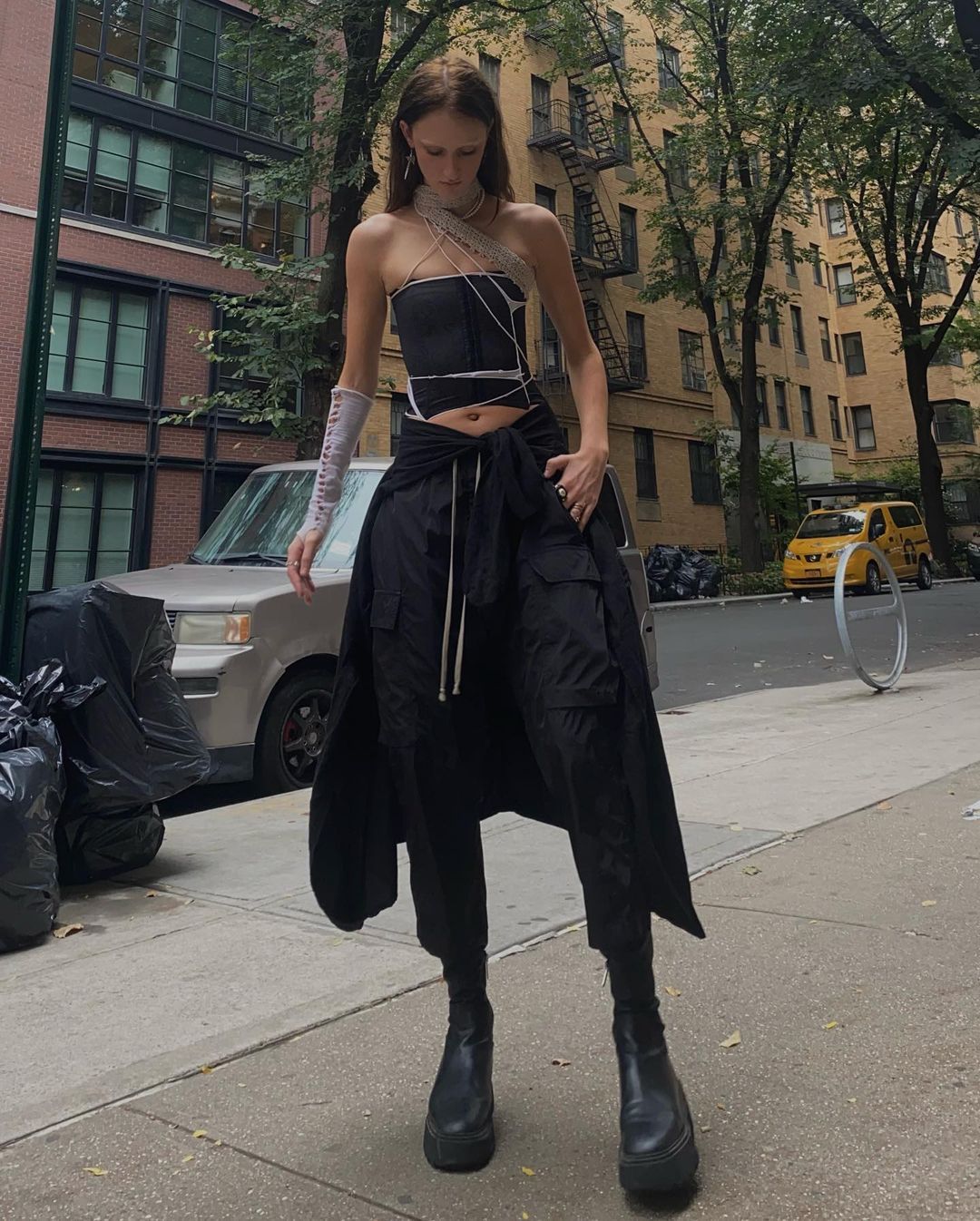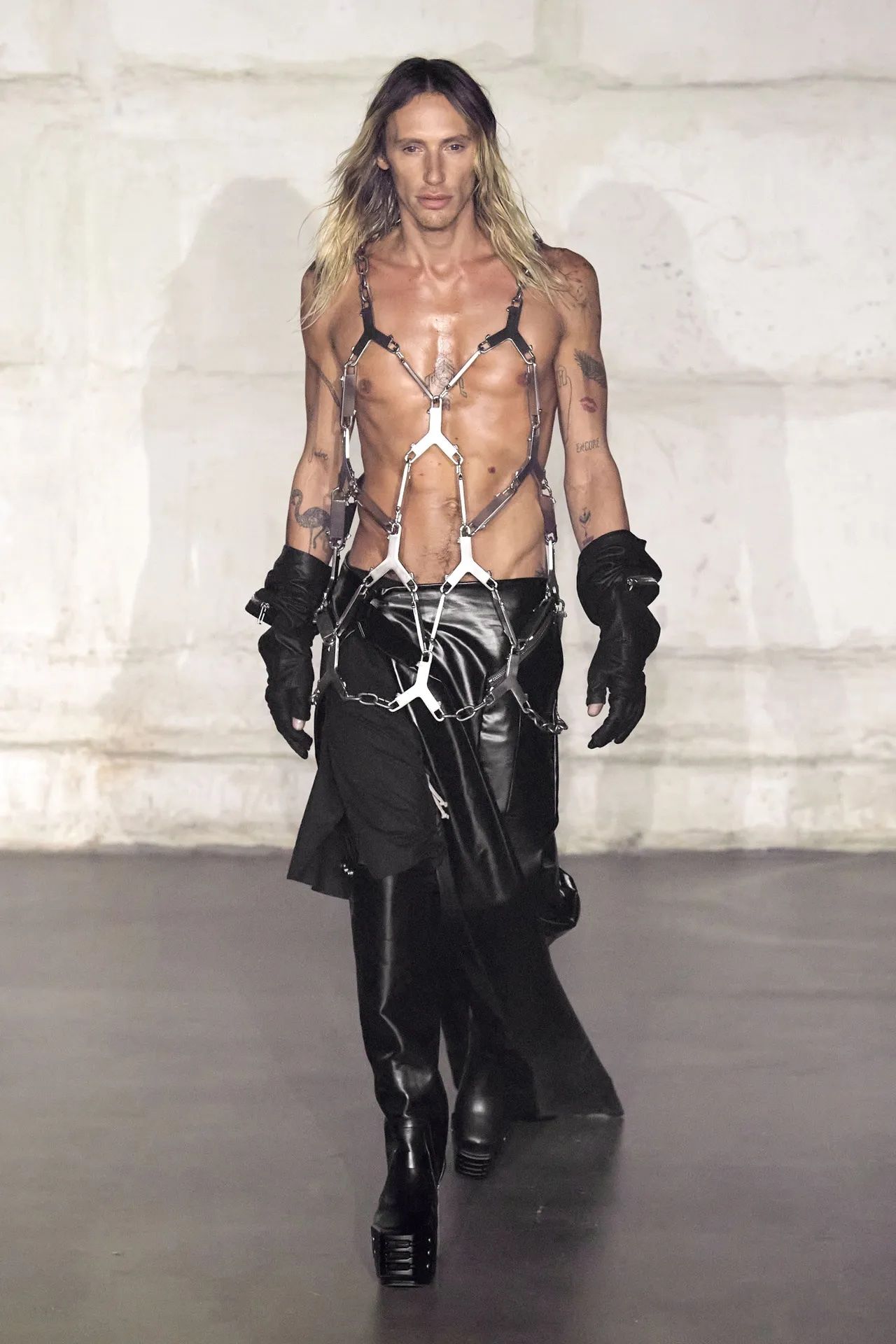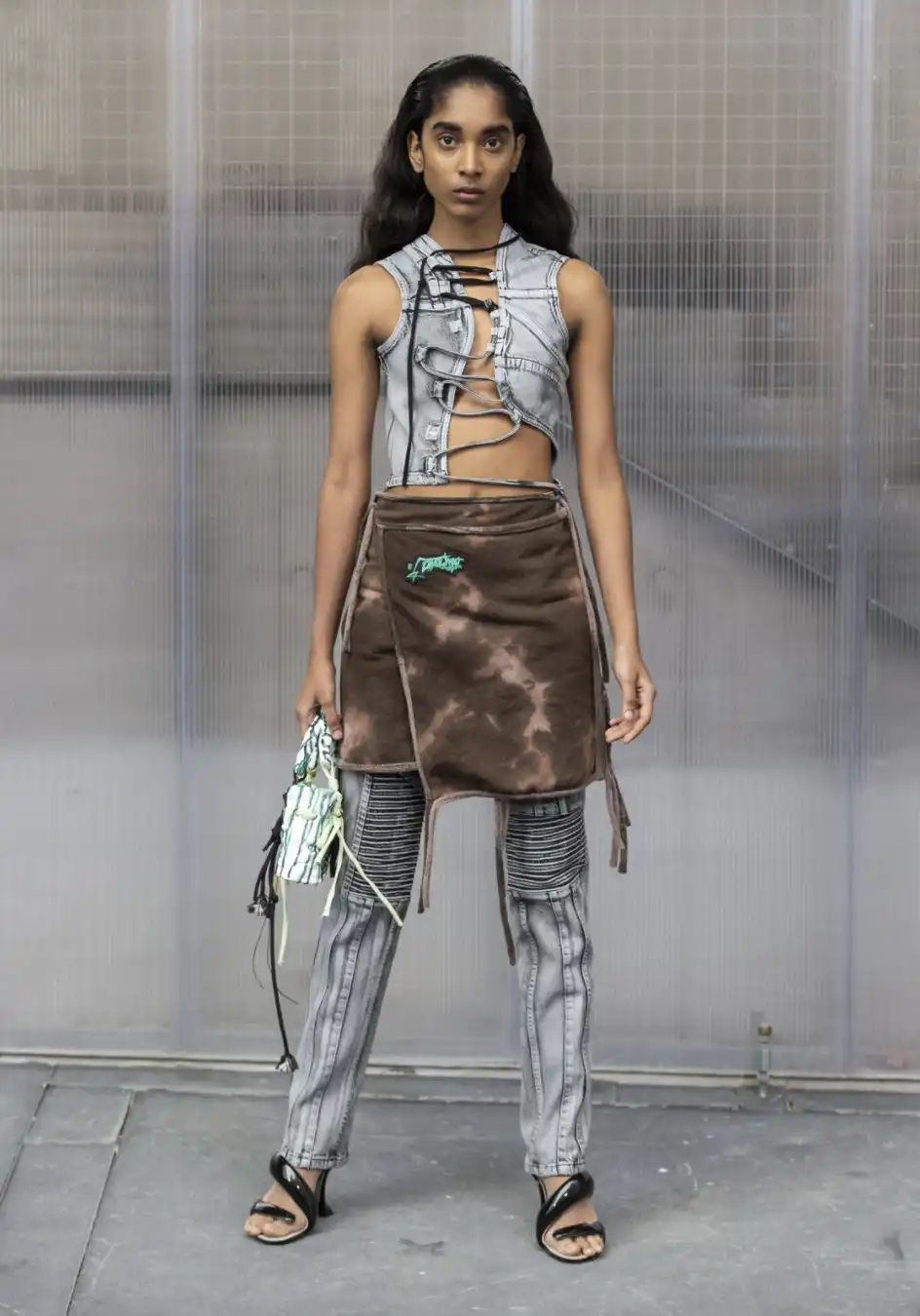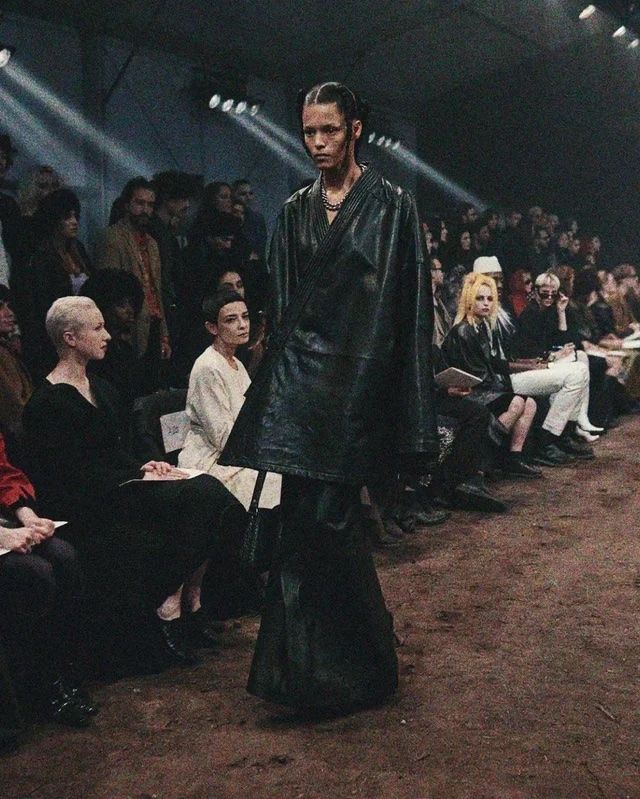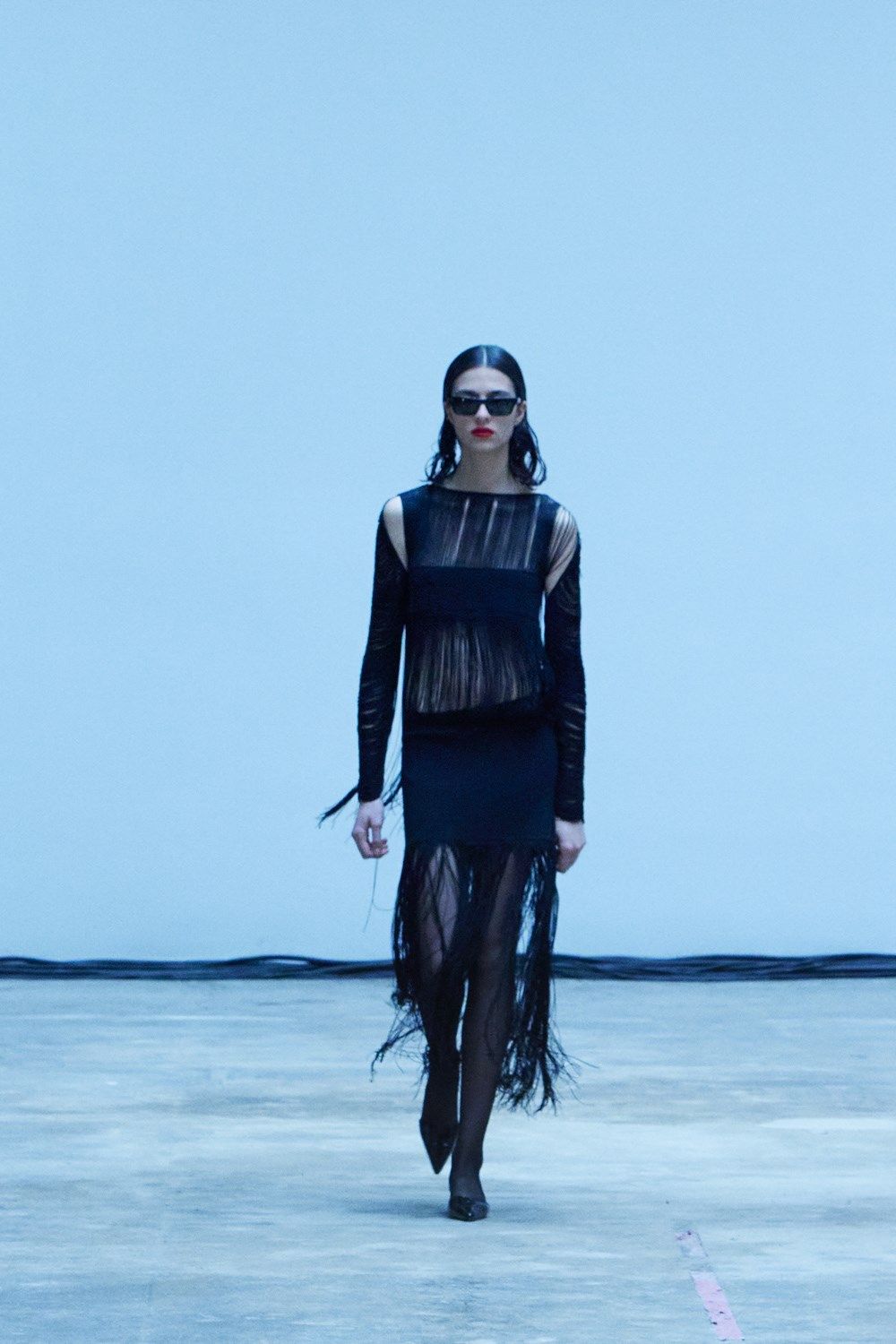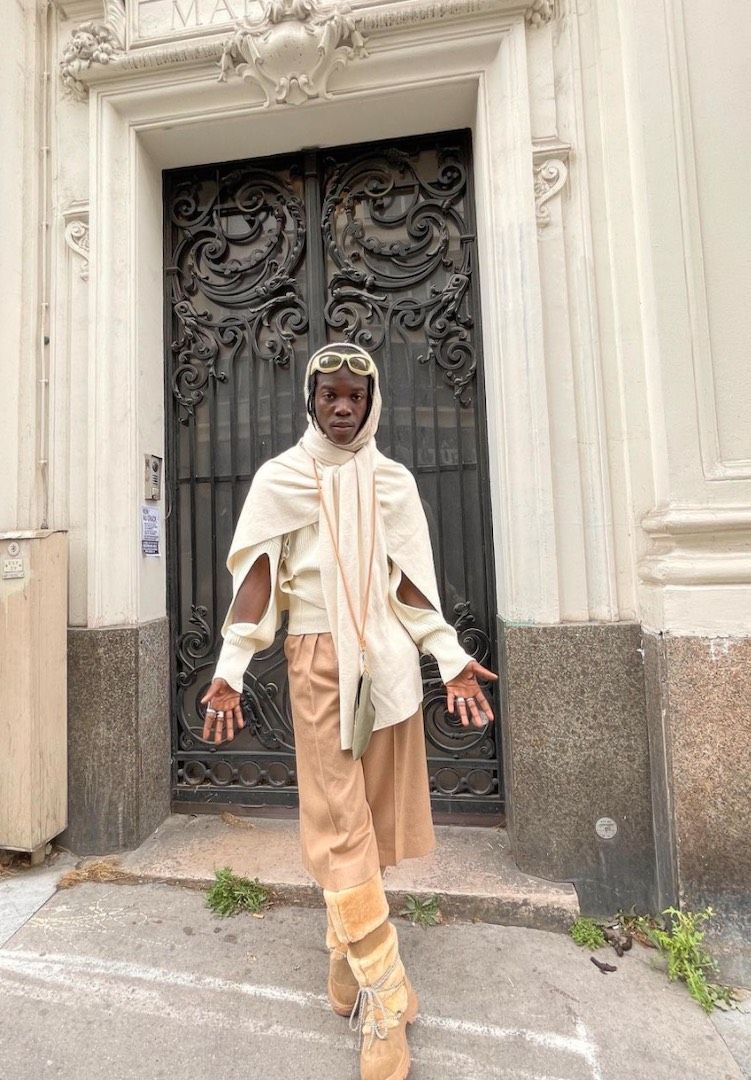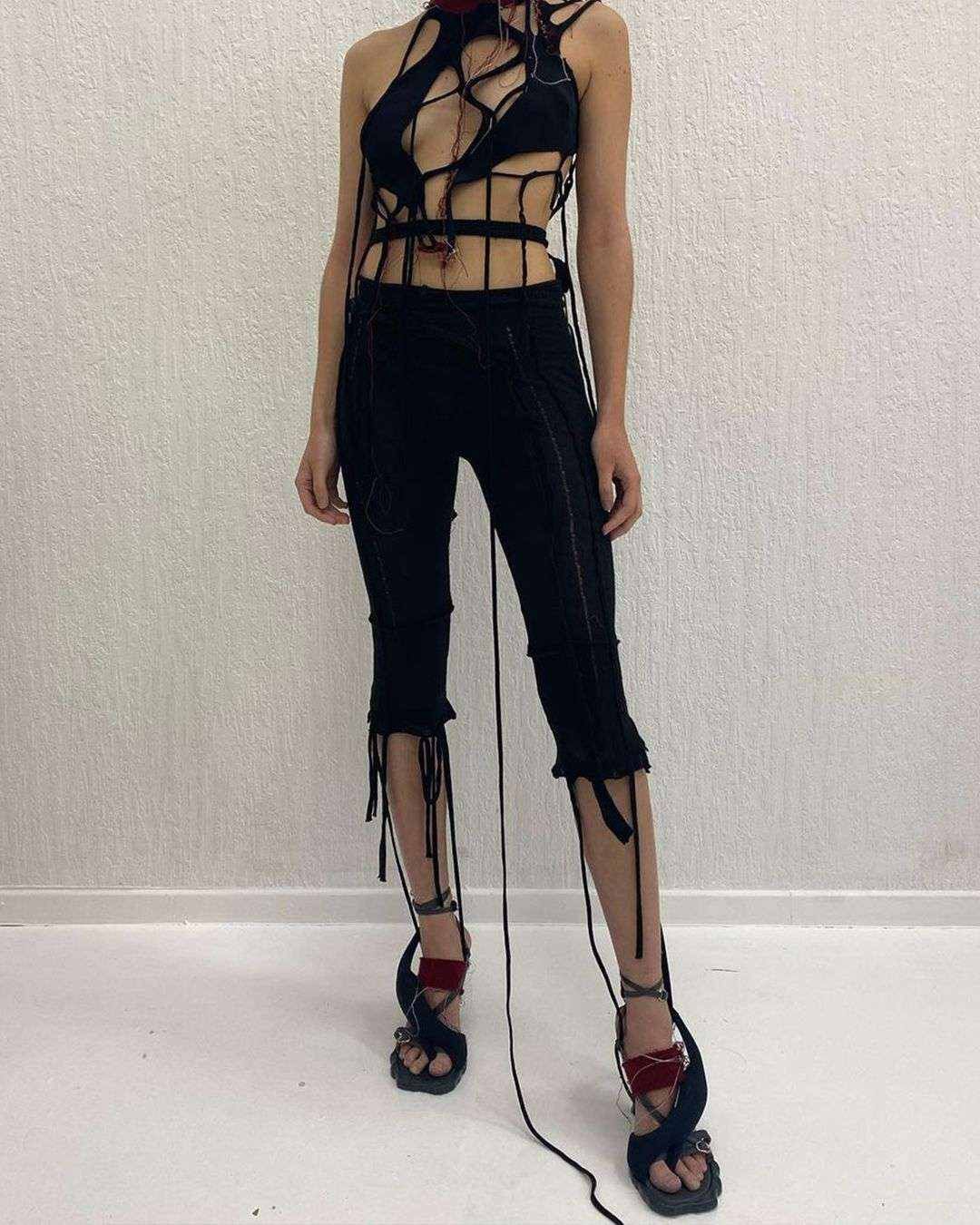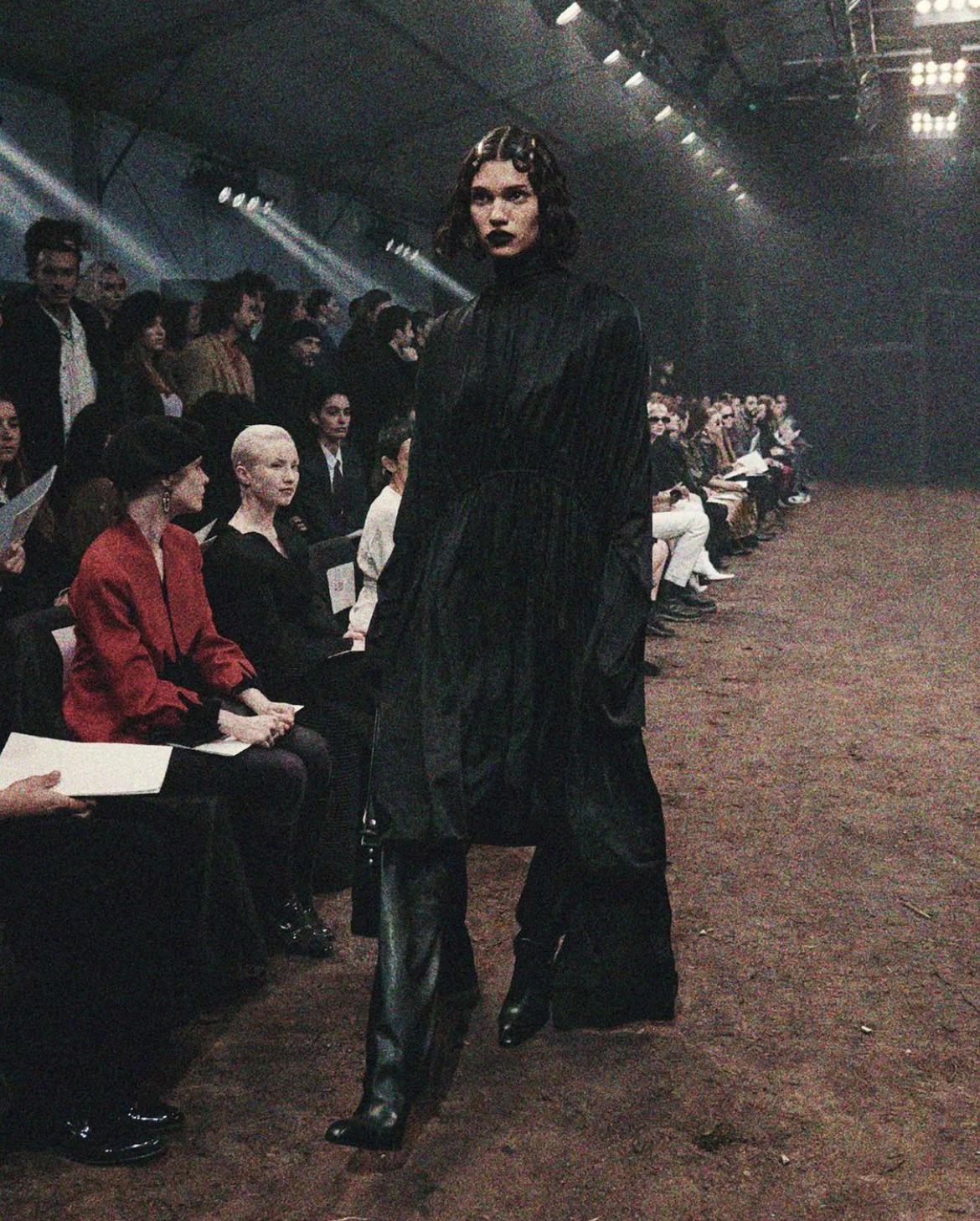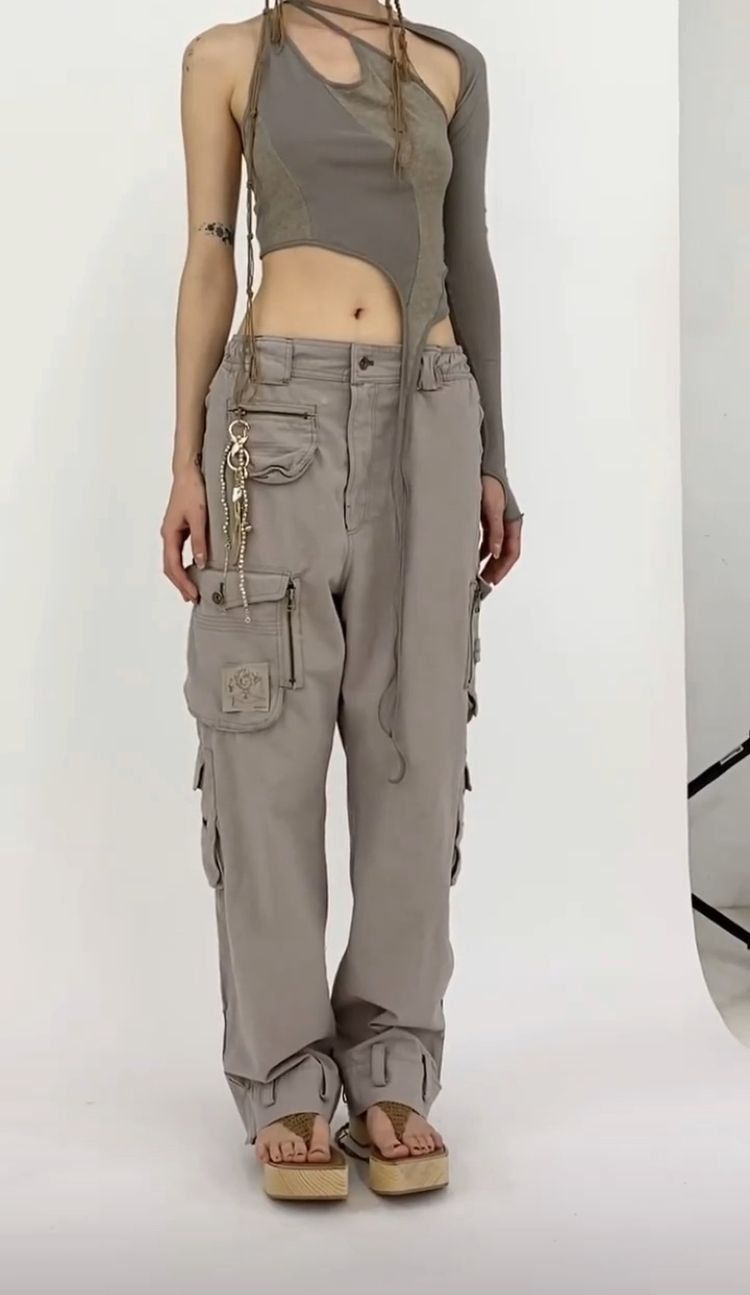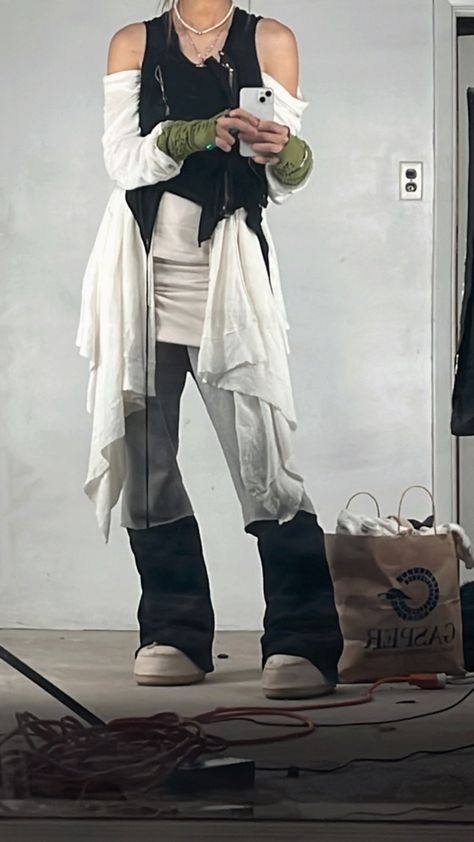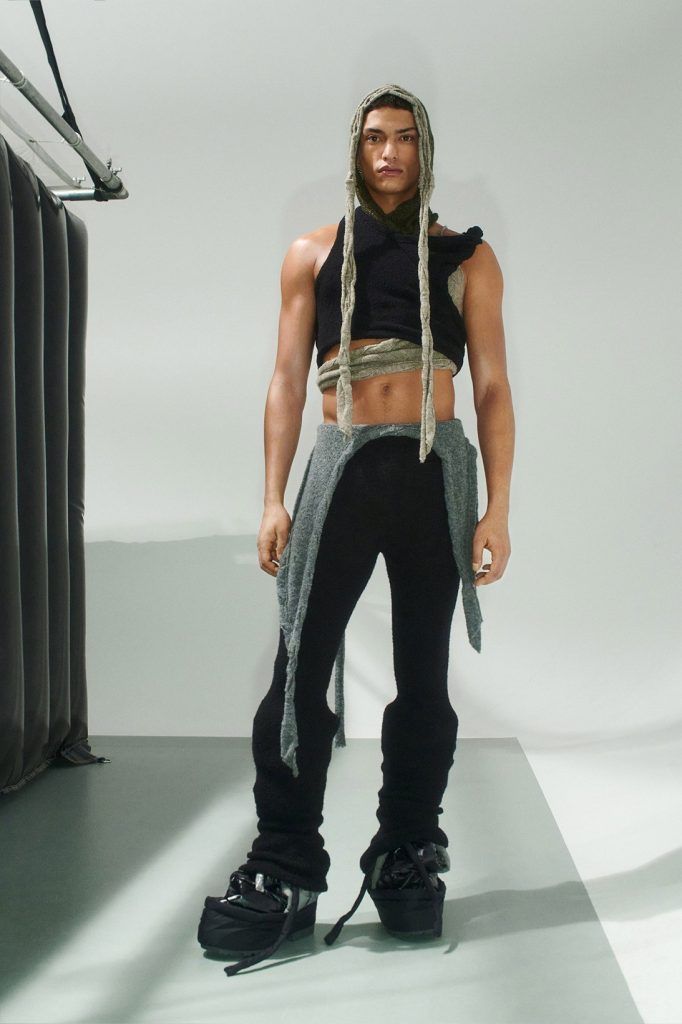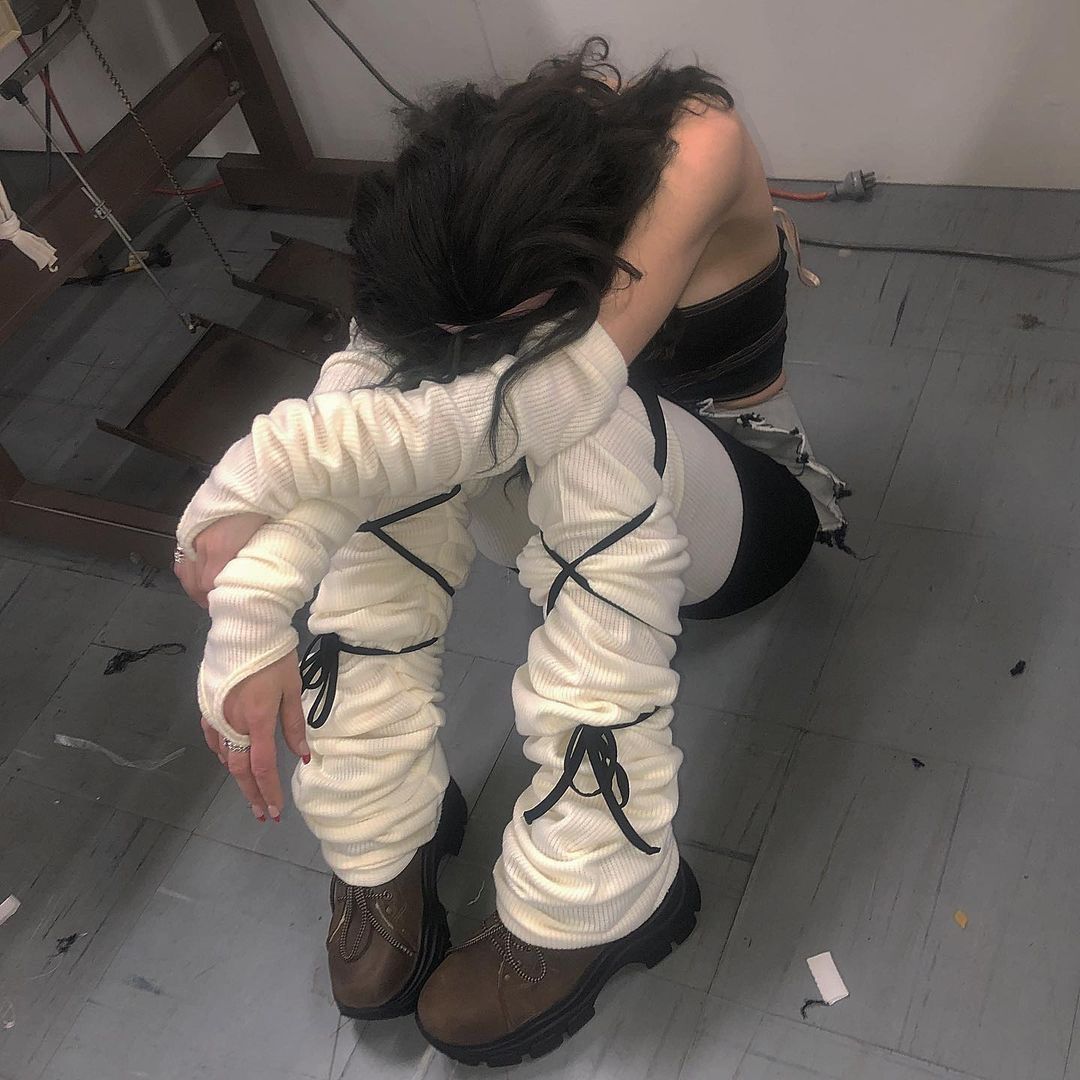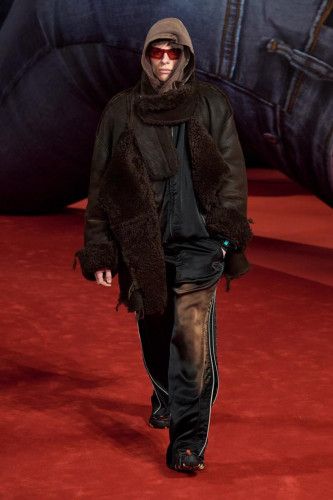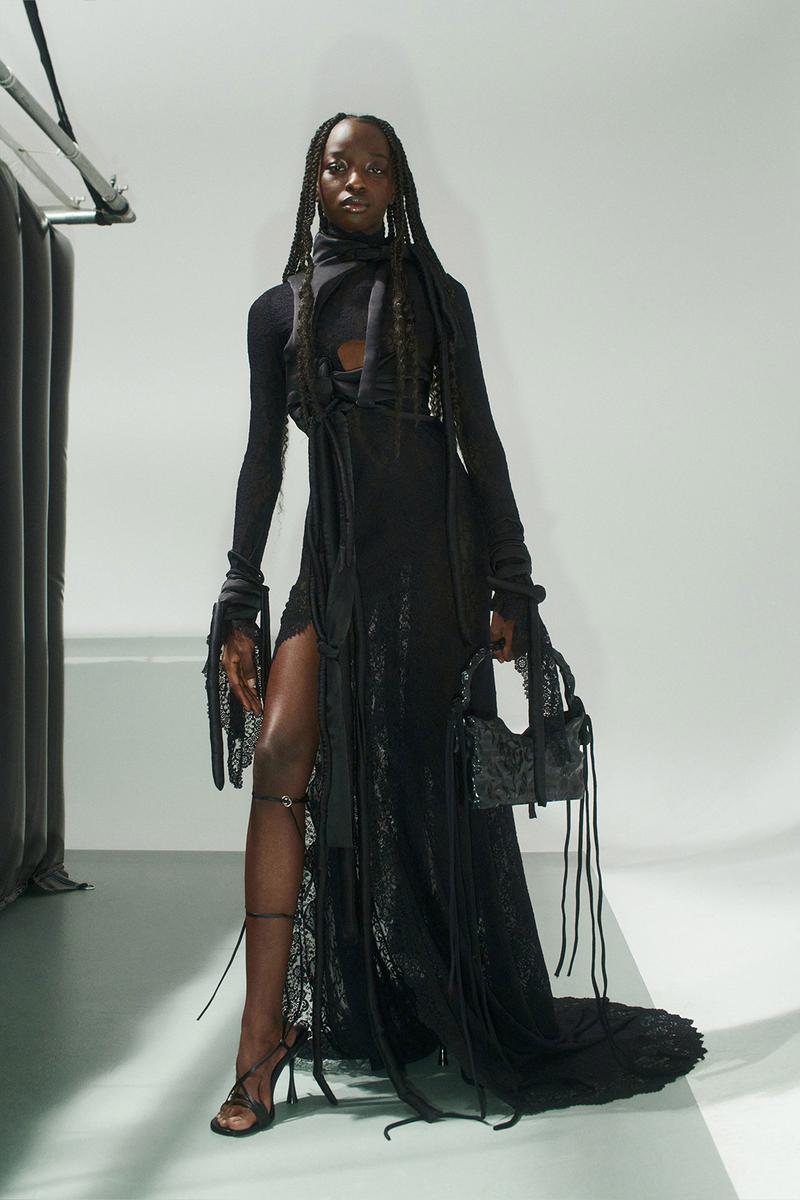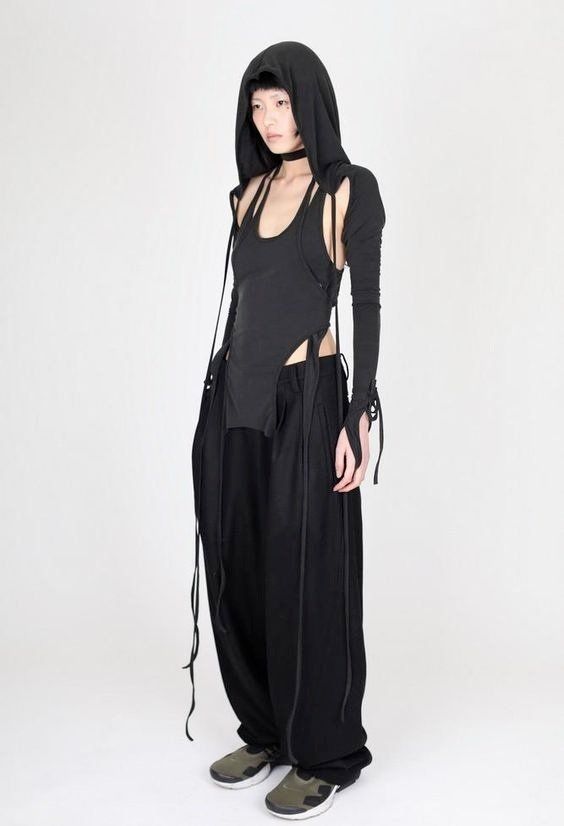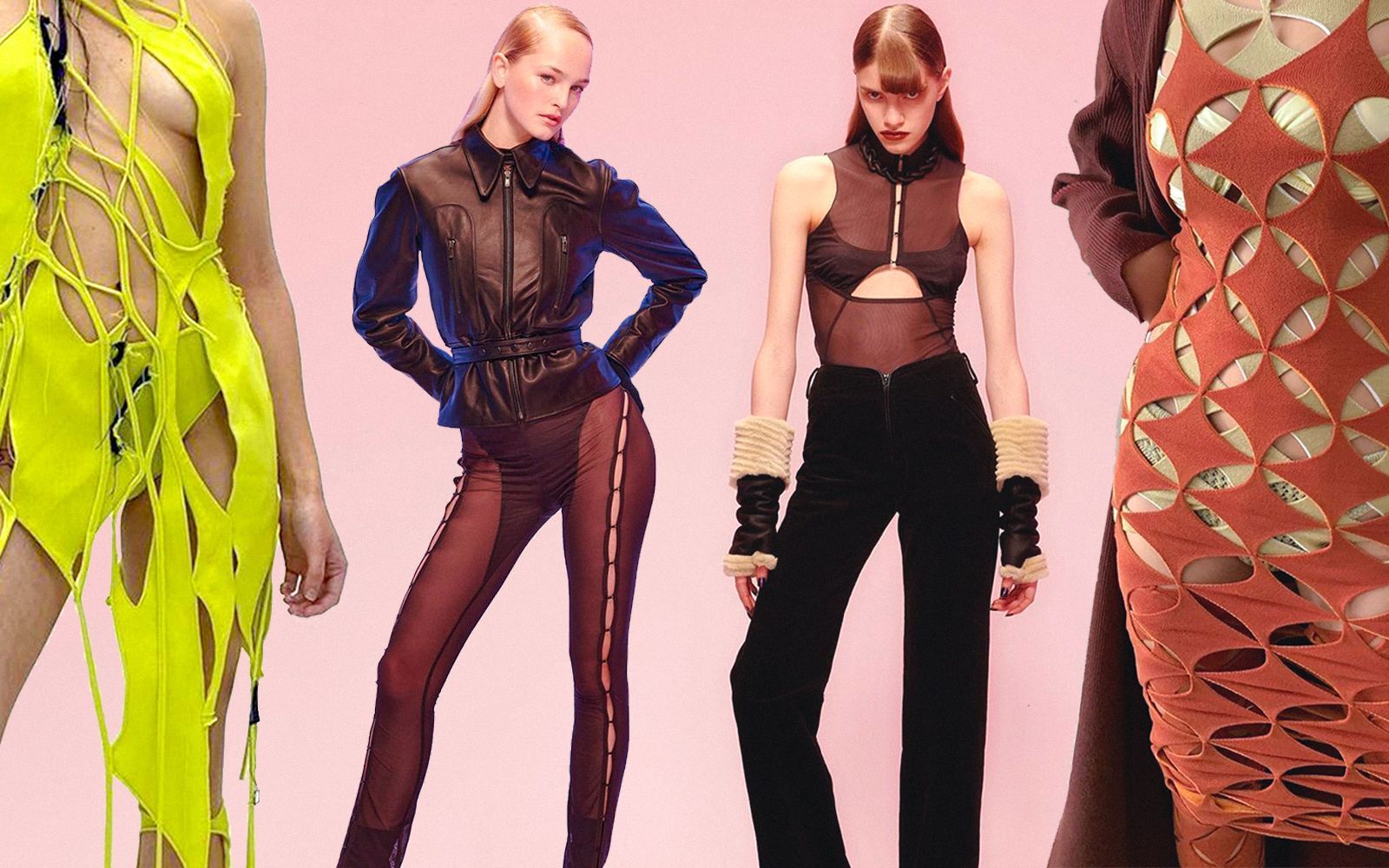
The dystopian charm of the Avant Apocalypse Layering, cut-out and Y2K
Remember when Millennials discovered the existence of Rick Owens through Tumblr? Ten years later, the same thing happened to Gen Z with TikTok. Rick Owens, Martin Margiela, Yohij Yamamoto went viral on the Chinese platform with 662.6K views under the hashtag 'Avant Apocalypse', the term coined by trendforcer Mandy Lee Avant to define an aesthetic that is "maximalist with neutral tones in a mix of deconstructed pieces and asymmetries, raw hemlines and clothes worn strictly the 'wrong' way". The "dystopia core", to use a neologism from The Guardian, draws inspiration from the cinematic fantasies of Dune, The Batman, Matrix Resurrections but also from classics such as Blade Runner 2049, Mad Max, Star Wars, post apocalyptic scenarios to celebrate the third anniversary of pandemic life.
@oldloserinbrooklyn Trend deep dive: avant apocalypse and neutral maximalism. #trendcycle #fashioncycle #rickowens #fashiontrends2022 #fashiontrends Sex and the City (Main Theme) - TV Sounds Unlimited
The items that have come to define the trend are Matrix-style leather trench coats, for which searches have increased by 117% according to Jewellerybox.co.uk, and cargo trousers, for which clicks have risen by 45% over the course of a year. The next step in the revival of grunge and goth, as well as the natural evolution of Subversive Basics, the micro trend born on TikTok and soon becoming a phenomenon with 64 million views, which from the web to the streets has challenged the category of basics as we know it. A sensuality made up of daring cut-outs, gashes, twists, layers, strips of fabric held together by straps and safety pins that thrive in a cultural limbo in which the cut-outs of emerging brands, the discreet bodies of the Y2K comeback and DIY kitsch clothing meet, laying the foundations for a new aesthetic that is both avant-garde and past, but also rebellion. Signs of wear are no longer a defect to be hidden, but a decorative element that becomes the spokesperson for an ideological statement, supporting an undone aesthetic, apparently confused, but which is the result of decidedly voluntary "mistakes". A look that encourages the abandonment of traditional ways of wearing clothes and with which the possibilities and ways in which a single item can be worn are multiplied: as Julia Fox's tutorials show, a pair of jeans can become a top or a pair of socks a dress, all it takes is a pair of scissors and a little creative effort.
A layering game in which the body is the protagonist, which has taken off thanks to emerging designers such as Oriens, Ai Mei Li, DIDU and Auné, but also thanks to the practice of thrifting (also tiktok-driven) which has revived archive pieces by Mugler, Rick Owens, Martin Margiela and Yohij Yamamoto. Dystopian atmospheres also characterised the latest FW 22 catwalks, from the dark minimalism of Khaite NY to the tune of Kurt Cobain's "Where Did You Sleep Last Night?" to the 'retro-futuristic' sexiness of Glenn Martens in denim for Diesel, via Harmony Korine's VHS tapes for Balenciaga, but also the cut-outs of Ottolinger and Nensi Dojaka.
Francesca Granata of the Parsons School of Design defined the trend in an interview for The Guardian as the sublimation of the latent desire to defend ourselves from the outside world with a sort of armour: "In the last two years we have been constantly thinking about protecting ourselves from external pathogens, so it's not difficult to see how clothes can function, at least symbolically, as an extension of this shield we have created around us". It is not surprising that in the third year of a global pandemic - years characterised by racial injustice, economic collapse, geopolitical conflict and a new rampant precariousness - fashion's response is pessimism and subversion, and that clothes become the symbol of a system collapsing in on itself, cut, unravelled, decaying.










































